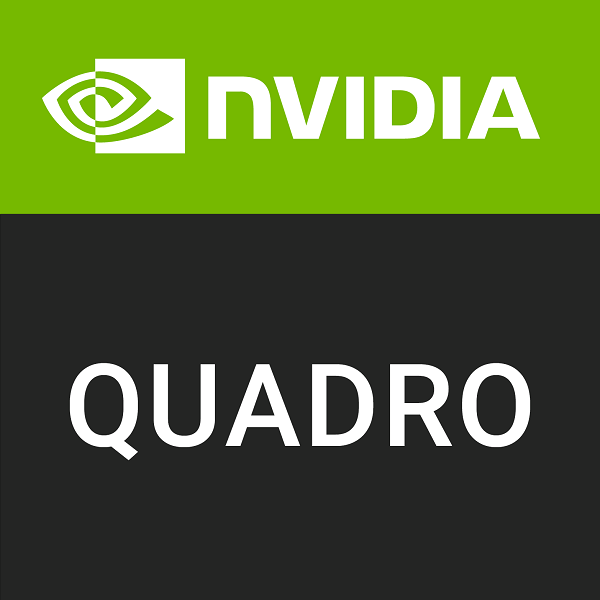RTX A500 Embedded vs Arctic Sound M
We compared two Professional market GPUs: 4GB VRAM RTX A500 Embedded and 16GB VRAM Arctic Sound M to see which GPU has better performance in key specifications, benchmark tests, power consumption, etc.
Main Differences
RTX A500 Embedded Advantages
Boost Clock1335MHz
Lower TDP (20W vs 500W)
Arctic Sound M Advantages
More VRAM (16GB vs 4GB)
Larger VRAM bandwidth (1229GB/s vs 96.00GB/s)
6144 additional rendering cores
Score
Benchmark
FP32 (float)
RTX A500 Embedded
5468
Arctic Sound M
+169%
14750
Graphics Card
Mar 2022
Release Date
Jan 2022
Quadro Ampere-M
Generation
Data Center GPU
Professional
Type
Professional
PCIe 4.0 x8
Bus Interface
PCIe 4.0 x16
Clock Speeds
435 MHz
Base Clock
-
1335 MHz
Boost Clock
-
1500 MHz
Memory Clock
1200 MHz
Memory
4GB
Memory Size
16GB
GDDR6
Memory Type
HBM2e
64bit
Memory Bus
4096bit
96.00GB/s
Bandwidth
1229GB/s
Render Config
16
SM Count
-
2048
Shading Units
8192
64
TMUs
256
32
ROPs
128
64
Tensor Cores
-
16
RT Cores
-
128 KB (per SM)
L1 Cache
-
2 MB
L2 Cache
8 MB
Theoretical Performance
42.72 GPixel/s
Pixel Rate
115.2 GPixel/s
85.44 GTexel/s
Texture Rate
230.4 GTexel/s
5.468 TFLOPS
FP16 (half)
29.49 TFLOPS
5.468 TFLOPS
FP32 (float)
14.75 TFLOPS
85.44 GFLOPS
FP64 (double)
3.686 TFLOPS
Board Design
20W
TDP
500W
-
Suggested PSU
900 W
Portable Device Dependent
Outputs
No outputs
None
Power Connectors
8-pin EPS
Graphics Processor
GA107S
GPU Name
Arctic Sound
Ampere
Architecture
Generation 12.5
Samsung
Foundry
Intel
8 nm
Process Size
10 nm
8.7 billion
Transistors
8 billion
200 mm²
Die Size
190 mm²
Graphics Features
12 Ultimate (12_2)
DirectX
12 (12_1)
4.6
OpenGL
4.6
3.0
OpenCL
3.0
1.3
Vulkan
N/A
8.6
CUDA
-
6.7
Shader Model
6.6



